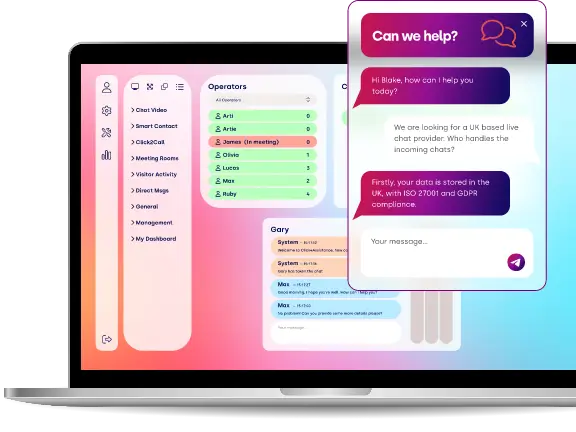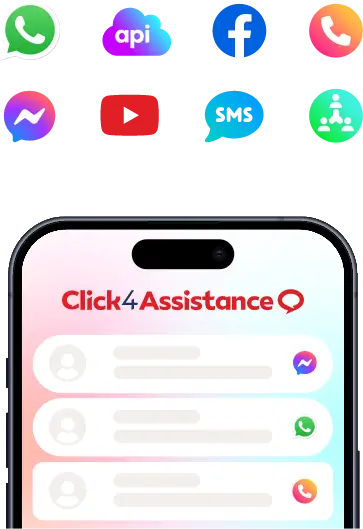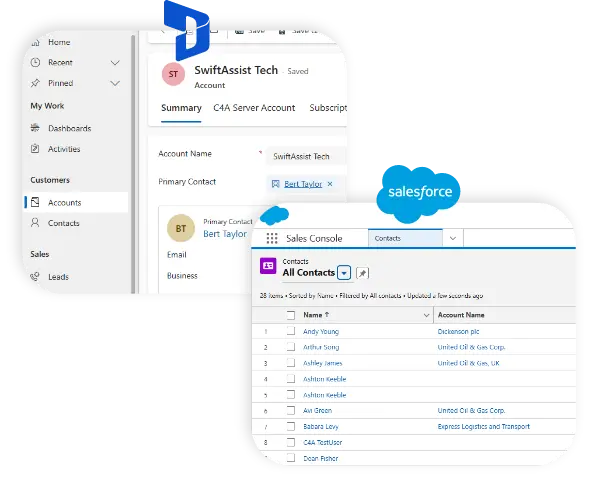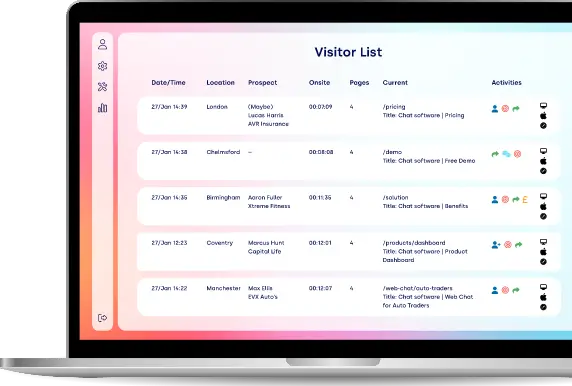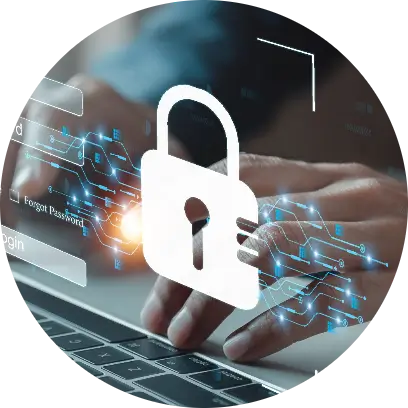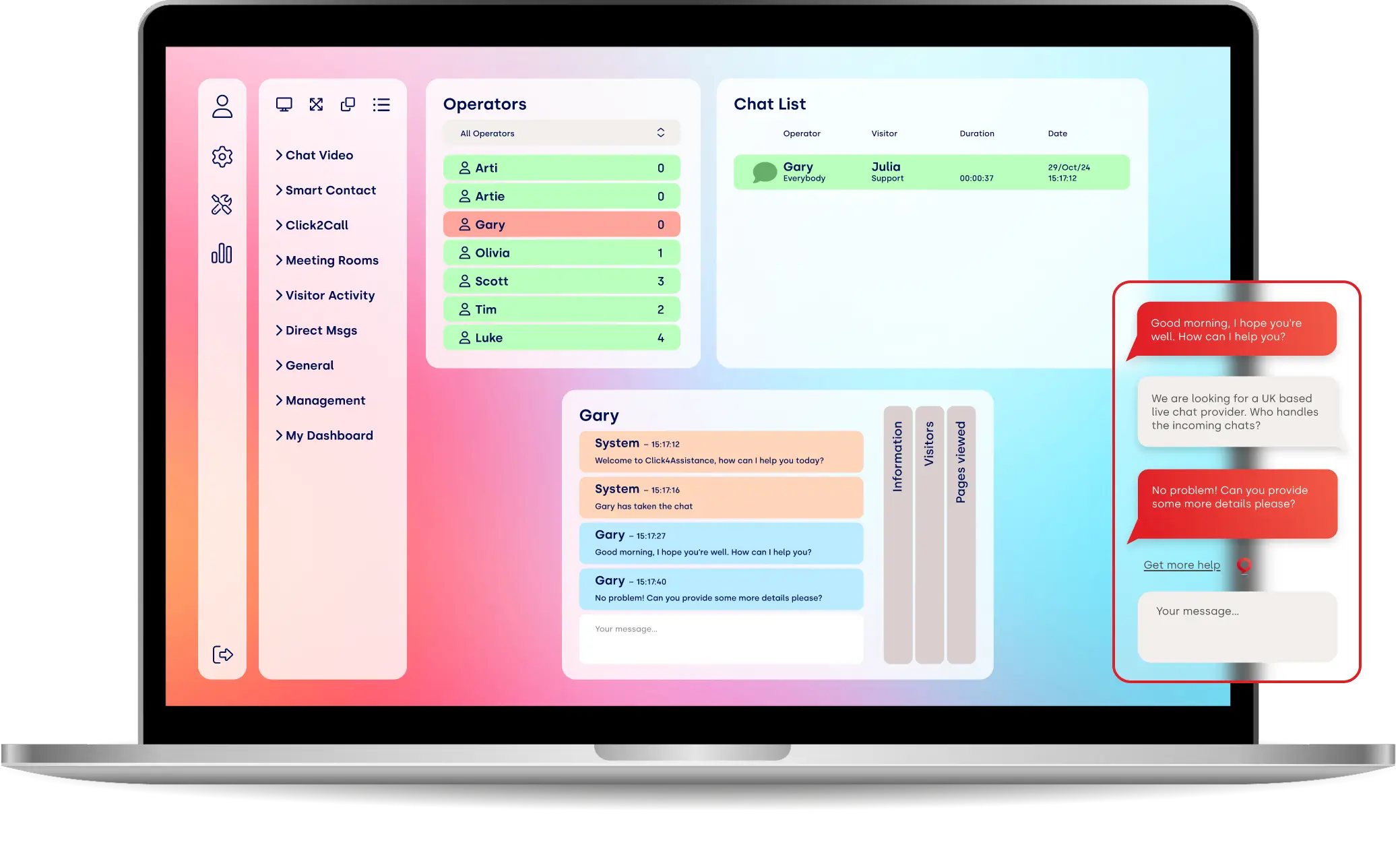What Can the BBC Scandal Teach Us About Trust?

Trust is currency, and once it’s lost, it’s incredibly difficult to regain. And the consequences go far beyond a single broadcaster. Any website delivering information must treat trust as its highest priority.
The recent scandal involving the BBC’s editing of a Donald Trump speech sent shockwaves through the media landscape. Not only did the altered clip give a misleading impression, but it also reignited already-growing scepticism about whether media organisations can be relied upon to present information accurately and transparently.
Leaders within the BBC have resigned, and as headlines intensify one message has become clear: public trust can unravel quickly, even for institutions with long-standing reputations.
A Growing Lack of Trust
People often don’t trust information online for a mix of psychological, social, and technological reasons. Here are some of the most common:
Misinformation and disinformation
The sheer volume of incorrect or deliberately deceptive content makes people wary. From misquoted statistics to completely fabricated stories, false information travels quickly online, and once someone has been fooled they tend to approach everything with more caution.
Unclear or missing sources
A lot of online content appears without any real evidence behind it. Articles, posts, and videos are often shared widely without proper credit, making it difficult to know who created them or whether they’re credible.
Manipulated media and deepfakes
Technology now makes it remarkably easy to alter images, videos, and audio. This erosion of the “seeing is believing” principle contributes to a general unease. When even a video can be faked, people start to question everything.
Sensational and misleading headlines
Clickbait has trained people to be sceptical. Headlines designed purely to attract attention often overstate the facts or distort the story. When readers constantly feel tricked, they become cynical about the content beneath the headline too.
Bias and algorithmic echo chambers
Online platforms tend to show users content that aligns with their existing interests or viewpoints. While this is done to keep people engaged, it also highlights how personalised feeds have become. Recognising this manipulation of information can lead to distrust of what appears online.
Scams and fraudulent behaviour
From phishing emails to suspicious adverts, many people have encountered attempted scams online. These experiences make users cautious, and that caution may now extend to ‘legitimate’ information sources too.
Overwhelming and contradictory information
When several sources offer conflicting explanations, people become unsure who to believe. The abundance of information becomes a disadvantage rather than a benefit.
Previous negative experiences
Anyone who has shared, believed, or acted on bad information in the past typically becomes more guarded. Memories of being misled shape future behaviour.
Hidden commercial or political motives
Online content is often shaped by undisclosed sponsorship, advertising, or political agendas. When marketing is disguised as recommendations, opinions, or ‘facts’, it can create an atmosphere of suspicion.
The BBC’s editing controversy isn’t in isolation. For the reasons above, people have increasingly questioned the reliability of digital content.
The BBC incident simply amplified these tensions. When a previously respected public broadcaster can be caught presenting a misleading narrative, we have to ask…Who can we trust?
Why Trust Matters More Than Ever
Whether your website serves the public, offers information, or supports product purchase decision-making, you must seek to actively earn trust. It is not enough to publish accurate content; you must show how you approach accuracy, transparency, and accountability.
Trust affects:
- User engagement
- Willingness to return
- Public confidence
- Adoption of services
How to Build Trust on Your Website
The BBC scandal offers several valuable lessons for anyone managing online content. Here are key steps to strengthen credibility and reassure your audience:
1. Be transparent
Explain how your content is created and updated.
Are you sourced from verified information?
Do you consult experts?
Stating your process openly helps remove suspicion.
2. Provide full context
Avoid summarising or quoting in ways that could accidentally distort meaning.
A clipped sentence or missing detail can change a message and cause real damage.
3. Correct errors visibly
No site is perfect. Mistakes will happen. The question is: how will you handle them.
Offer a clear, visible method for:
- Submitting corrections
- Asking questions
- Highlighting confusing content
Own your errors to build deeper trust.
4. Show accountability
Just as leadership reacted at the BBC, users expect your organisation to take responsibility when needed.
Make it easy for users to understand who is behind your content and how to reach them.
5. Communicate in real time
This is one of the most powerful ways to demonstrate openness. Ensure you are available to your audience, whether it’s via WhatsApp, Facebook Messenger, SMS or Live Chat.
Adding Live Chat Software: A Practical Step to Strengthen Trust
People trust organisations more when they can speak to someone directly.
Introducing live chat can:
- Clarify confusing information
- Reduce frustration
- Offer real-time answers
- Address concerns quickly
- Humanise your organisation
In an era of growing scepticism, real-time dialogue communicates confidence. It shows you are open to examination and willing to engage rather than hide behind static pages.
What Live Chat Signals to Users
- We’re here, and we’re listening.
- You can question anything we publish.
- We care about being there for you.
Such openness builds trust faster than disclaimers or FAQs ever could.
Conclusion: Trust Is Earned Every Day
The BBC’s editing scandal is a reminder that even long-trusted institutions can lose credibility overnight. Trust is fragile, and it’s not guaranteed by history, reputation, or size.
Your website can stand apart by embracing transparency, offering clarity, and prioritising open communication. Adding live chat software is just one example of how you can bridge the gap between your organisation and your audience, ensuring conversations remain honest, responsive, and grounded in real engagement.
Practicing what we preach
This article was written by Jill Stephens on behalf of Click4Assistance. Jill has more than 15 years’ experience working with organisations from local and central government to universities, financial institutions and charities, in order to improve online communication. The opinions and statements included are based on these years of experience, along with other industry specific sources such as:
Emarketer:
- 63% of customers said they’re more likely to return to a website that has a live chat.
SQ Magazine:
- Around 38% of customers are more likely to make a purchase after a positive live chat experience.
Techjury:
- 75% of people prefer live chat over any other channel.
The Click4Assistance team are happy to speak with you via any communication channel, but to make your life easier, check out our live chat window here.
